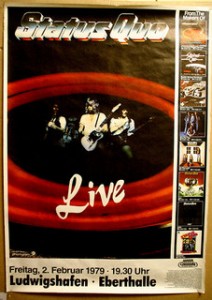VAM and Status Quo Bias
 Yesterday at This Week in Ed I wrote aboutthe American Statistical Association’s reporton value-added modeling in education:
Yesterday at This Week in Ed I wrote aboutthe American Statistical Association’s reporton value-added modeling in education:[I]f you were to hear about this report only from the staunchest, most ideological opponents of VAM, you would think it says something else entirely. Valerie Strauss, for instance, claims the report “slammed” the use of VAM to evaluate teachers and Diane Ravitch seems to think it is a “damning indictment” of such policies.The report itself is not nearly so hyperbolic.For a useful summary check out Stephen Sawchuk, but the report itself is a mere seven accessible pages so I encourage you read it yourself.The bottom line for the ASA is that they are optimistic about the use of “statistical methodology” to improve and evaluate educational interventions, but current value-added models have many limitations that make them difficult to interpret and apply, especially when evaluating individual teachers.
There’s been considerable confusion about the report because some people seem to be having a hard time getting their heads around the possibility that VAMs have serious limitations but may nevertheless be appropriate for use in education generally or teacher evaluation specifically.
So, for example, it’s true – as I was told over and over on Twitter – that the VAM and Status Quo Bias | Paul Bruno:
